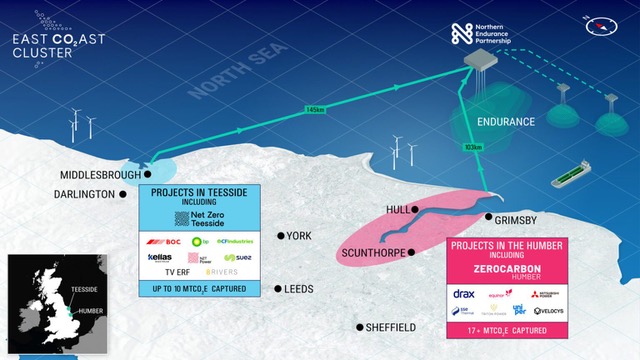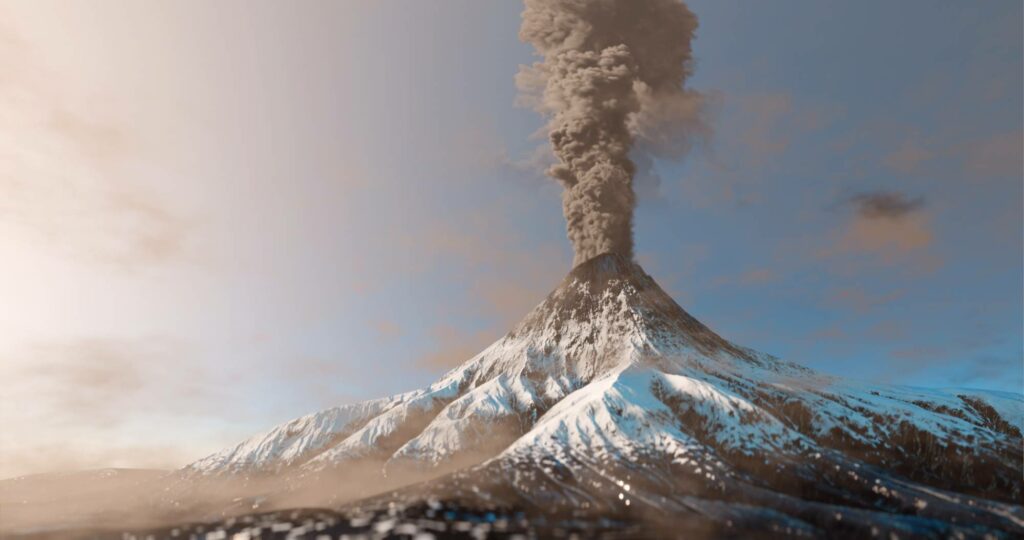More precise monitoring of reservoirs is in the coming

The SHAPE-project shall improve data processing and describe uncertainties in a better way. This may enlighten important aspects of CO2-injection and storage.
Northern Endurance Partnership’s CO2 injection and storage project: Gravity and subsidence feasibility study by Quad Geometrics

The Northern Endurance Partnership has through BP awarded Quad Geometrics a Gravity and Subsidence modelling (feasibility) study for the CO2 injection and storage project in the UK sector of the North Sea. The study will be concluded mid- 2024.
Unlocking the potential of microgravity: A review of its role in forecasting volcanic eruptions

In a review article September 2023 published in the Journal of Volcanology and Geothermal Research, de Zeeuw-van Dalfsen and Poland argue that microgravity has untapped potential as a forecasting tool for volcanic eruptions. They conclude that the technique is currently underutilized and attention, investment, and applications at more volcanoes could help to realize its promise.
